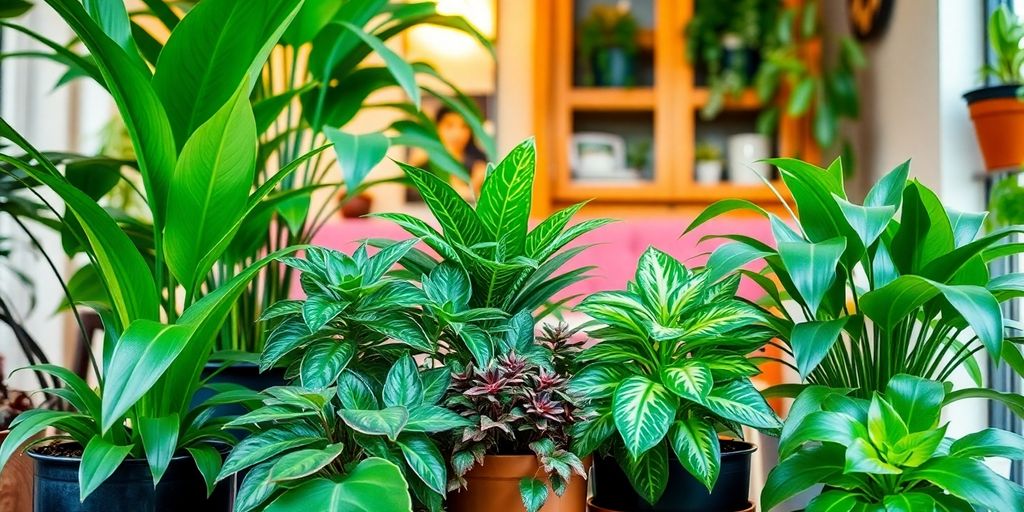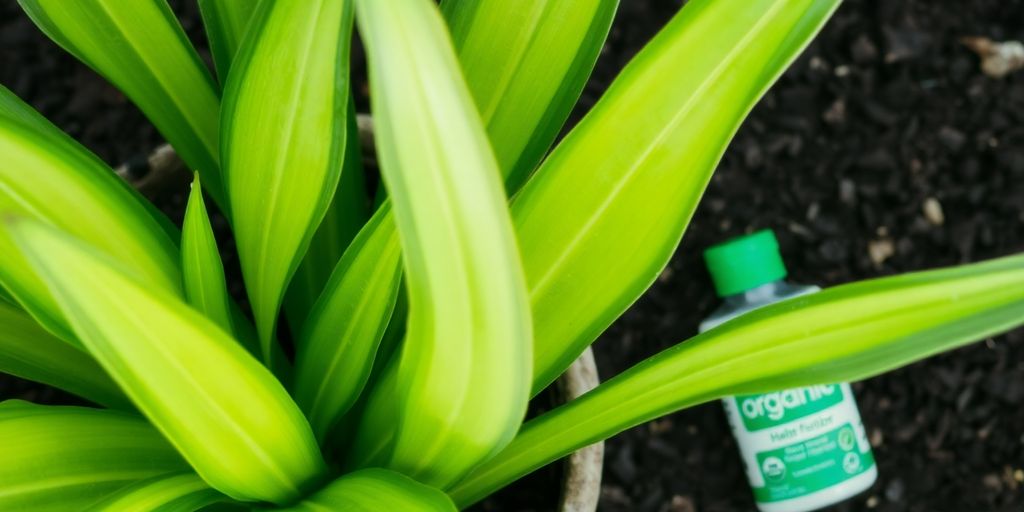Caring for houseplants can be a bit tricky, especially if you’re just starting out. It’s easy to make mistakes, and trust me, I’ve been there. From watering too much to picking the wrong plants, there are a lot of common pitfalls that can turn your indoor garden into a disaster.
But don’t worry! This guide will help you navigate the most common mistakes when caring for houseplants and show you how to avoid them, so your plants can thrive indoors.
- Always check the moisture level before watering your plants to avoid over or underwatering.
- Do your homework on the plants you want to bring home; not all plants thrive in the same conditions.
- Fertilize your plants at the right time and with the right nutrients to keep them healthy.
Understanding the importance of proper watering
Watering. Seems simple, right? But trust me, I’ve killed my fair share of plants by getting this wrong. It’s not just about dumping water in the pot; it’s about understanding what your plant needs and when it needs it. Too much or too little can both be a death sentence, so let’s get this straight, y’all.
Recognizing signs of overwatering
Okay, so how do you know if you’re drowning your green friends? The biggest clue is usually yellowing leaves. But it’s not always that obvious. Here’s a quick rundown:
- Leaves turning yellow or brown, especially at the bottom of the plant.
- Soil that stays soggy for days after watering.
- Mold or fungus growing on the soil surface.
- Drooping leaves, even when the soil is wet (yep, they can droop from too much water, too!).
If you see any of these signs, hold off on watering and let the soil dry out a bit. You might even need to repot the plant with fresh, dry soil if it’s really bad. I had a fern once that I almost loved to death with too much water. Had to give it a whole new home to recover.
Identifying underwatering symptoms
Now, what about the opposite problem? Underwatering can be just as damaging. Here’s what to look for:
- Leaves that are dry and crispy, especially at the edges.
- Wilting or drooping leaves (sound familiar? It’s all about context!).
- Soil pulling away from the sides of the pot.
- Stunted growth or new leaves that are smaller than usual.
If your plant is thirsty, give it a good soak. I usually put the whole pot in a sink or tub filled with water and let it sit for about an hour. This lets the soil really absorb the moisture. Just make sure to let the excess water drain out afterward. Nobody likes soggy feet!
Choosing the right plants for your space

Okay, so picking the right plants is super important. It’s not just about grabbing the cutest one at the store. Trust me, I’ve been there, done that, and ended up with a crispy fern because I didn’t do my homework. You gotta think about what your space can actually handle.
Researching plant needs
Seriously, Google is your friend. Before you even think about buying a plant, look it up! Find out what kind of light it needs, how much water it likes, and if it’s going to outgrow your apartment in six months. Matching a plant’s needs to your lifestyle and environment is the single best thing you can do for its health.
Considering light and humidity levels
Light and humidity, that’s the name of the game. Is your place a dark cave or a sun-drenched paradise? Most plants need at least some light, but some can handle low-light conditions better than others. And humidity? Well, some plants are divas and need a spa-like atmosphere, while others are happy with whatever. Here’s a quick guide:
- High Light: South-facing windows are your best bet. Think cacti, succulents, and some tropical plants.
- Medium Light: East or west-facing windows. Great for snake plants, ZZ plants, and peace lilies.
- Low Light: North-facing windows or further away from windows. Pothos, cast iron plants, and spider plants can usually handle these spots.
And don’t forget humidity! If you live in a dry climate, you might need to mist your plants regularly, use a humidifier, or group plants together to create a more humid microclimate. I learned that the hard way when my calathea started looking like it was auditioning for a desert scene in a movie.
Fertilization mistakes to avoid

Okay, so you’ve got your watering down, and you’ve picked out plants that actually like living in your house. Now comes the fun part: food! But hold on, before you go crazy with the plant food, let’s talk about some common fertilizer fails I’ve definitely made myself (more than once, I’m not gonna lie).
Understanding nutrient requirements
Each plant is different, kinda like how some folks are happy with just a burger and fries, while others need a full-on Thanksgiving spread. Knowing what your plant needs is half the battle. Some plants are heavy feeders, while others are happy with just a little snack now and then. For example:
- Flowering plants usually need more phosphorus to help with blooming.
- Leafy plants often like more nitrogen for green growth.
- Cacti and succulents? They’re usually good with very little fertilizer, if any. Seriously, less is more with those desert dudes.
Timing your fertilization correctly
Timing is everything, right? Well, same goes for fertilizing. You wouldn’t eat a huge meal right before bed, and plants are the same way. The growing season (usually spring and summer) is when plants are actively growing and need the most nutrients.
- Don’t fertilize dormant plants in the winter. They’re basically sleeping and don’t need the extra food.
- Avoid fertilizing right after repotting. The new soil usually has enough nutrients to get them started.
- If your plant is stressed (like from a pest infestation), hold off on fertilizing until it’s recovered. It’s like trying to feed someone who’s got the flu – not a good idea.
Wrapping It Up: Care for Your Houseplants with Confidence
So, there you have it! Caring for houseplants doesn’t have to be a guessing game. By avoiding these common mistakes, you can keep your plants happy and thriving. Remember, every plant is a little different, so take the time to learn what each one needs.
Don’t stress too much if things don’t go perfectly at first; even seasoned plant parents make mistakes. Just keep observing your plants and adjusting your care routine as needed. With a bit of patience and practice, you’ll soon have a lush indoor garden that brings joy to your home.
Frequently Asked Questions
How can I tell if my plant is getting too much water?
If your plant’s leaves are turning yellow or falling off, or if the soil feels soggy, you might be overwatering it. Make sure to let the soil dry out a bit between waterings.
What should I do if my plant looks wilted?
A wilted plant could mean it needs water, but it could also mean it’s getting too much water. Check the soil. If it’s dry, give it a drink. If it’s wet, hold off on watering for a while.
Are there specific plants that are easier to care for indoors?
Yes! Some easy-to-care-for indoor plants include snake plants, pothos, and spider plants. They can handle a variety of conditions and are great for beginners.
